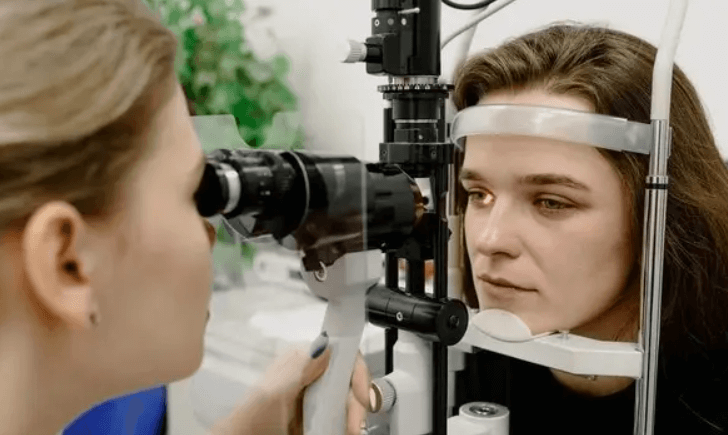How Regular Eye Exams Can Prevent Vision Problems

Regular eye exams are integral to maintaining optimal vision and overall eye health, serving as a proactive measure against potential issues such as glaucoma and cataracts. These assessments not only identify existing problems but also allow for the early detection of conditions that may otherwise go unnoticed until significant damage occurs. The implications of neglecting eye care extend beyond mere visual acuity, affecting various aspects of daily life. Understanding the broader benefits of consistent eye examinations can illuminate the importance of prioritizing this often-overlooked aspect of health care. What might you discover about your eye health that could change your perspective?
Importance of Regular Eye Exams
Regular eye exams are essential for maintaining optimal vision and overall eye health.
These assessments enable healthcare professionals to monitor eye conditions and facilitate early detection of potential issues.
By identifying problems before they escalate, individuals can preserve their independence and quality of life.
Prioritizing regular eye exams empowers individuals to take proactive steps in safeguarding their vision and ensuring long-term eye health.
See also: Choosing the Right Paint Colors for Your Space
Common Vision Problems Detected
Eye exams play a vital role in identifying various vision problems that may not be immediately apparent to individuals.
Regular assessments can facilitate glaucoma detection, allowing for early intervention to prevent vision loss.
Additionally, cataract assessment is crucial, as it helps determine the progression of lens clouding, informing necessary treatment options.
Timely detection of these issues is essential for preserving long-term visual health.
Benefits Beyond Vision Correction
While many people associate eye exams primarily with vision correction, their benefits extend far beyond simply updating prescriptions.
Regular eye exams play a crucial role in monitoring eye health, allowing for early detection of systemic conditions such as diabetes and hypertension.
This proactive approach not only enhances vision but also contributes to overall wellness, empowering individuals to maintain their health and independence.
Recommendations for Eye Exam Frequency
Determining the appropriate frequency of eye exams is essential for maintaining optimal eye health.
Generally, children should undergo regular eye exams every one to two years, while adults should have aging vision exams every one to three years, depending on individual risk factors.
These recommendations ensure early detection of potential issues, promoting timely interventions that safeguard vision and enhance overall quality of life.
Conclusion
In summary, regular eye exams serve as a lighthouse, guiding individuals through the often murky waters of potential vision problems. By illuminating early signs of conditions such as glaucoma and cataracts, these assessments empower proactive measures that safeguard visual health. Beyond mere correction, the benefits extend to enhancing overall quality of life and sustaining independence. Prioritizing routine eye examinations ensures that the vision remains a vibrant canvas, allowing individuals to fully engage with the world around them.




